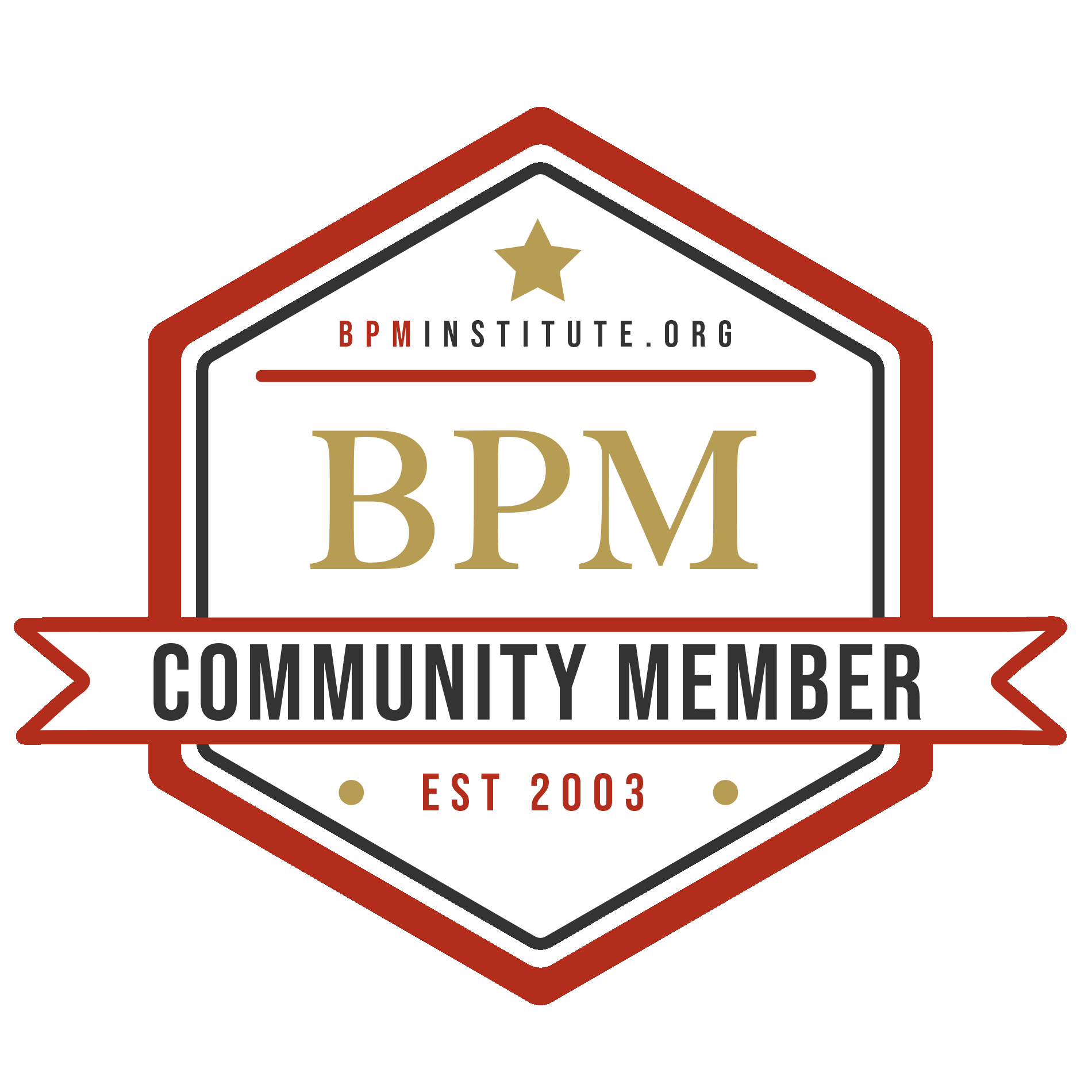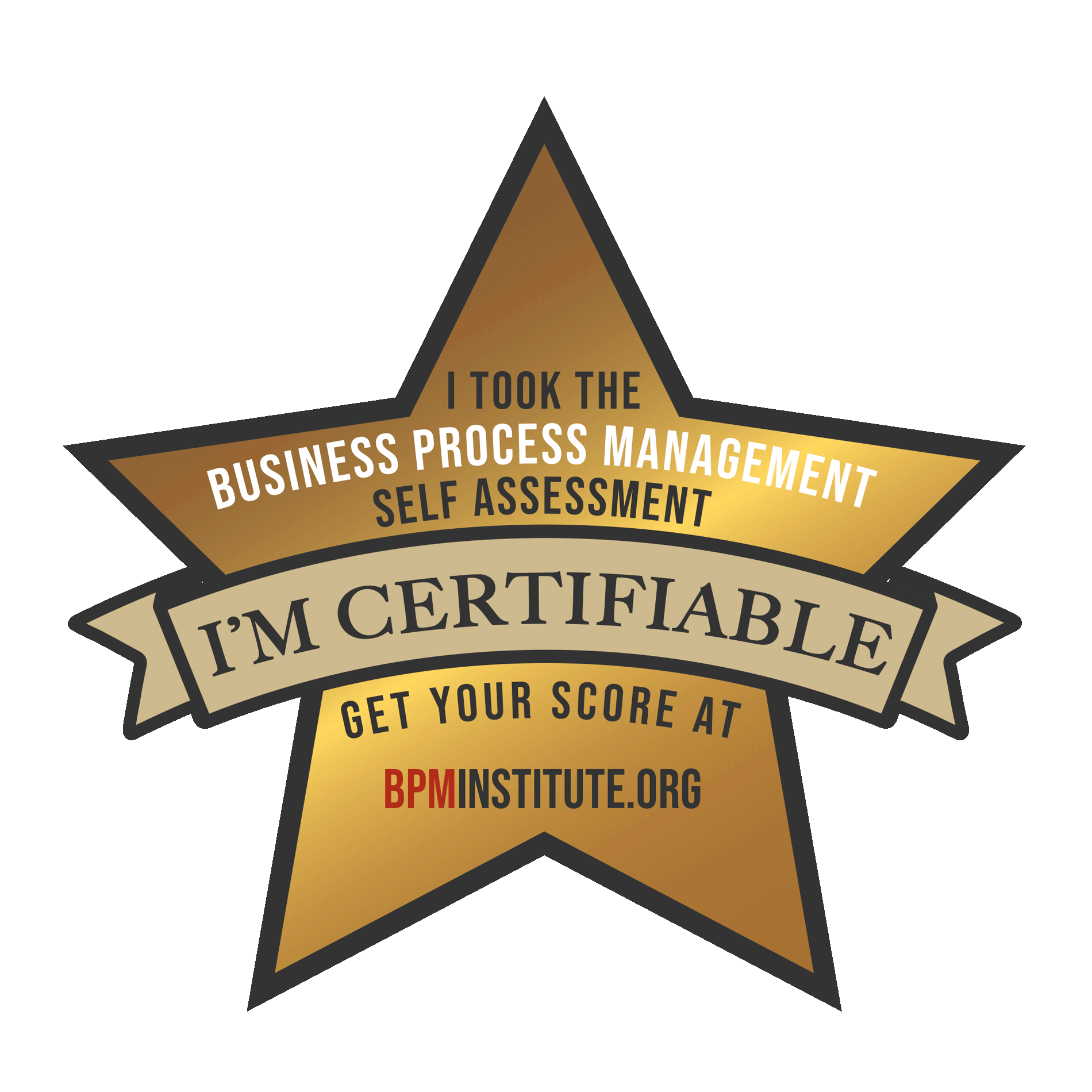Once you have your current state model, what do you do with it? How do you share it with the Process Owner and Executive Sponsor and spark their interest? My experience is that executives looking at a model that is 30 to 60 steps long are impressed and say something like, “Wow, that process is complex. I can see it has a lot of steps which could take a long time.” But they are not interested in reviewing every single step and getting into the details.

April 17, 2008
Professional Member

Shelley Sweet
Business Architecture (BA)
Business Process Management (BPM)
Operational Excellence (OPEX)
Web Services / SOA
Articles by: Shelley Sweet
How to Build BPM Improvements That Work and Stick
The 3E model below provides an approach for any company to think about how their organization can start, grow, and make process improvement durable. With this approach the company improves customer satisfaction, operational efficiency, and execution excellence.
The 3E Model
EXPERIMENT – Keep It Small and Simple
Staying Out of the Weeds with BPM Process Modeling
Do you experience these challenges in trying to create a current state process model?
- The team gets mired in process problem details
- People have ideas for improvements but you are not really ready for solutions yet
- Some groups do the process one way and others do it a different way.
- Some people think it’s a big problem but you don’t know for sure.
Here are two techniques that will really help you out and make life much easier.
- Start with a single process instance
- Keep the I-4 Lists as you document
Start with a Single Process Instance
Begin by selecting a single process instance that the team will follow. Capturing one instance of a real completed process makes it easy to complete the model in 90 minutes or less, and it won’t have the spaghetti look of a process model showing all the exceptions.
For optimum results, pick an instance to start with…
A BPM Team or BPM Stakeholders?
There are many ways to ‘do’ business process improvement projects. It’s best if the company has a methodology from BPM, Lean, Six Sigma, Reengineering or some other methodology. Here’s the one I use, starting with selecting the project and ending with monitoring and sustaining the project; ‘doing’ the process improvement project means completing the section in the middle from Chartering and Staffing to Implementation Plan.

Companies use a number of methods to conduct the BPM project from using a Six Sigma Black Belt as an expert, to having a Business Analyst do interviews with subject matter experts and developing the as is model and to be map, to using different half day workshops for different phases of the process with the appropriate stakeholders. The one I highly recommend and have used with over 100 different processes is a team-based method.
Dealing with Cultural Challenges in Operational Excellence
Operational Excellence focuses on providing the best execution of service and process for the benefit of the customer and the organization. It is not a proprietary program or methodology; rather, the term usually represents a conglomeration of process methods and techniques to improve operational discipline, its performance metrics, and customer satisfaction.
Operational Excellence is an enterprise approach. Companies want to address more end-to-end processes, going beyond earlier smaller process improvement projects in one department. For end-to- end processes to be successful organizations need to have consistent execution aligned with organizational purpose, leadership accountability that spans organizational boundaries, and employee skills and behaviors that see the flow of work across the organization and make results happen for the customer.
Five Pitfalls of Organizational Process Metrics
Traditional metrics have historically focused on financial and operating factors. What is newer is organizational process metrics or metrics that measure how a process works from the company point of view and the customer point of view. How is the company doing at meeting a customer needs (such as accuracy, responsiveness, service, speed, completeness) and how is the process doing being efficient and effective so the company can be competitive in the market place at a good price?
This article lists five key pitfalls that organizations face as they start an Organizational Process Metrics initiative and implement it across the company.
Pitfall #1 – Where’s the Decision and Action?
When Should Change Management Start?
So often I see organizational change management as a part of the implementation plan for putting the recommendations and new design of a Business Process Improvement project (BPI) into operation in a company. It should be there, but it needs to start sooo much earlier. In fact it needs to start with the first phase of a BPI project- namely in developing the charter and doing Process Discovery and Modeling.
The Life Cycle of BPM Centers of Excellence – Part 2
In Part 1, I discussed how one BPM Center of Excellence (COE) started as a centralized organization and then after 2 years moved some of the BPM Practitioners into specific operational units and disbanded the centralized group. Part 2 continues with the life cycle of this use case in its second stage, ‘decentralization’ and then continues to a third stage.
The Life Cycle of BPM Centers of Excellence – Part 1
The number of companies that have a BPM Center of Excellence (COE) has not grown over the last eight years (It’s stable at about 34% according to a BPTrends survey.). In trying to guesstimate why that might be happening, I have been asking these questions:
1. When do companies start a COE and why?
2. What do COE employees do?
3. How do COE’s change and what causes these changes?
This article focuses on the last question, but responds to the first two in the specific examples.
What to do in BPM When You are Starting, Growing or Dying
STARTING:
- Are you ready to look at your work from a customer’s perspective?
- Do you want to streamline workflows to increase your competitive advantage?
GROWING:
Have you been doing process improvement projects for more than a year? Now…
- Do you want to take your organization to larger returns—seeing the benefits of end-to-end improvements?
- Would you like to build continuous improvement behaviors into daily management and employee life?
DYING:


























